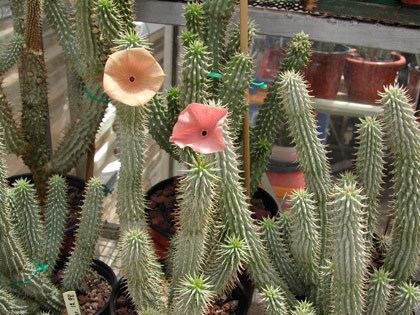Scientific name Hoodia | Tribe Stapeliae Rank Genus | |
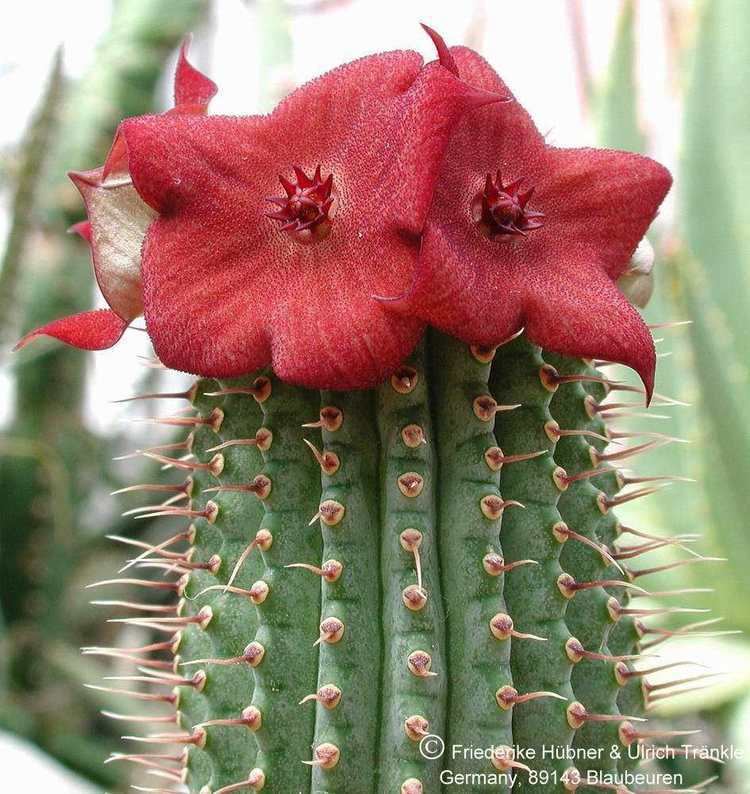 | ||
Similar Kalahari cactus, Huernia, Stapelia, Garcinia gummi‑gutta, Asclepiadoideae | ||
Hoodia gordonii how to lose weight feeling no hunger diet plan
Hoodia /ˈhʊdiːə/ is a genus of flowering plants in the family Apocynaceae, under the subfamily Asclepiadoideae, native to Southern Africa. They are stem succulents, described as "cactiform" because of their remarkable similarity to the unrelated cactus family. They can reach up to 1 m high and have large flowers, often with a tan colour and strong smell. The group was first described as a genus in 1844. In 2006, the genus became internationally known and threatened by collectors, after a marketing campaign falsely claiming that it was an appetite suppressant for weight loss.
Contents
- Hoodia gordonii how to lose weight feeling no hunger diet plan
- Hoodia gordonii plants i have photographed at my nursery
- References
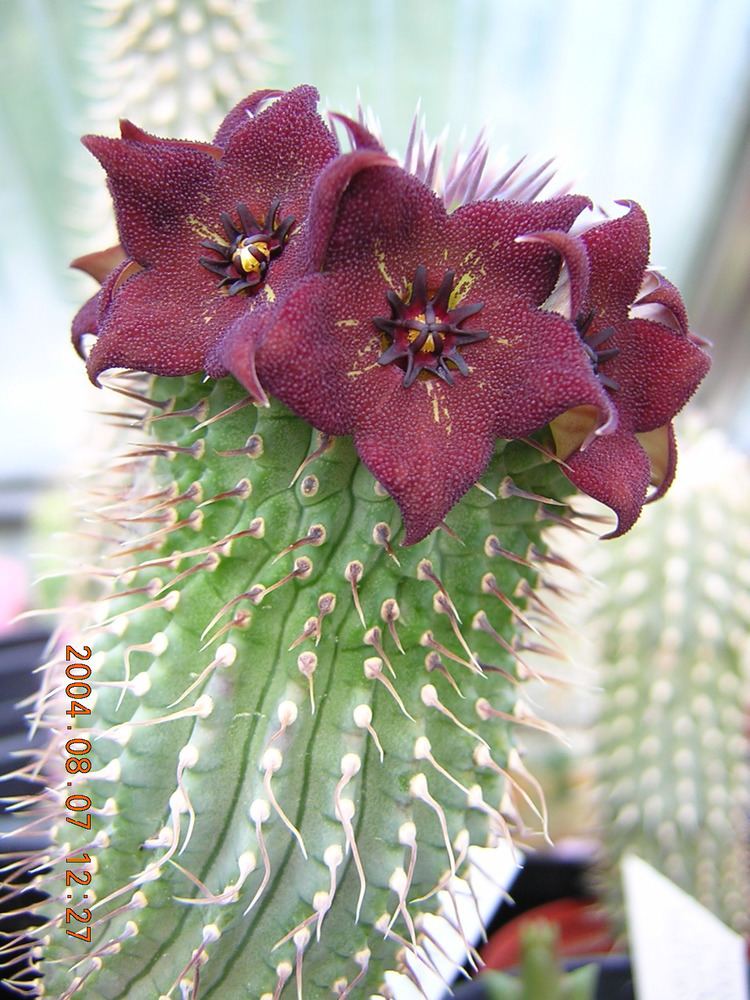
Hoodia gordonii is traditionally used by the San people (Bushmen) of the Namib desert as an appetite suppressant as part of their indigenous knowledge about survival in the harsh desert conditions. In a well-known case of biopiracy, bioprospectors from South Africa’s Council for Scientific and Industrial Research (CSIR) realized that the plant was marketable and patented its use as an appetite suppressant without recognizing the Sans' traditional claims to the knowledge of the plant and its uses. The patent was later sold to Unilever, which marketed hoodia products as diet supplements. In 2003, the South African San Council made an agreement with CSIR in which they would receive from 6 to 8% of the revenue from the sale of Ho. gordonii products, money which would be deposited in a fund to purchase land for the San people who had been dispossessed from their lands by white settlers.
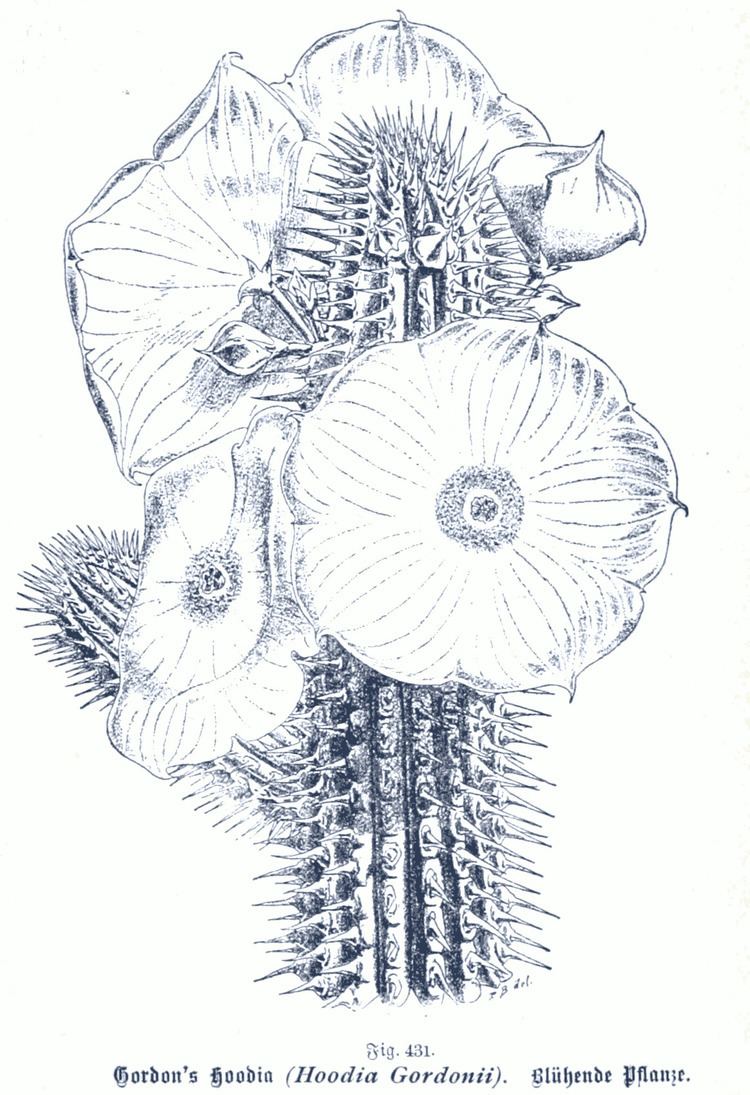
Many Hoodia species are protected plants, typical of the Namib Desert, ranging from central Namibia to southern Angola, especially in plains and rocky areas. Common names include "Bushman's Hat" and "Queen of the Namib".
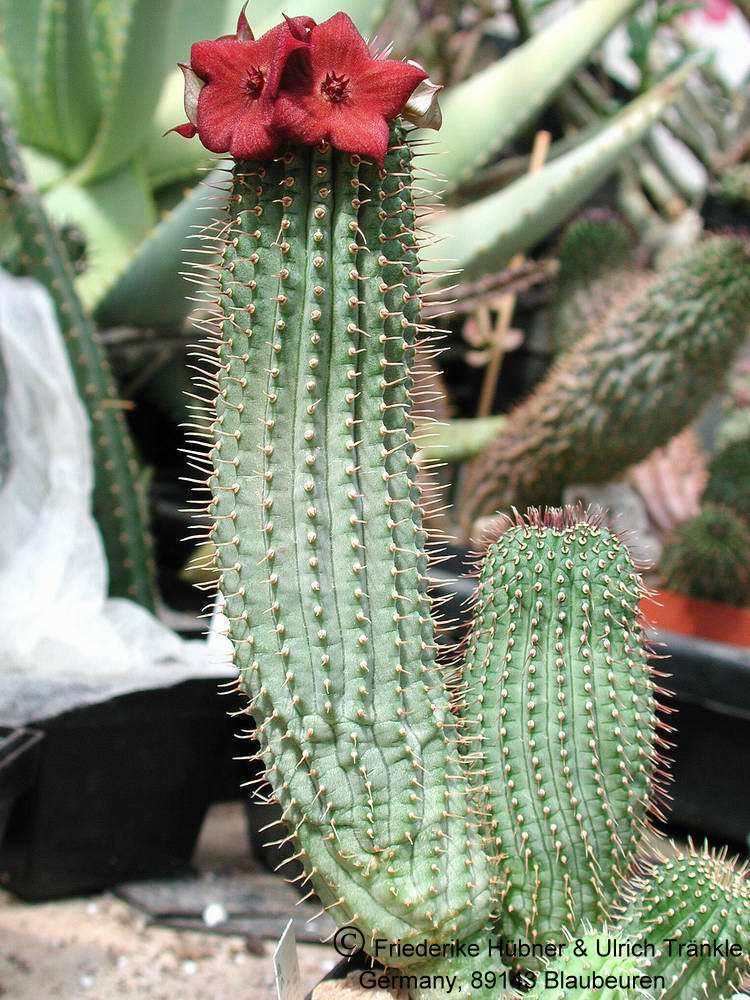
Several species are grown as garden plants, and one species, H. gordonii, is being investigated for use as an appetite suppressant. However, in 2008, UK-based Unilever PLC, one of the largest packaged-food firms in the world, abandoned plans to use hoodia in a range of diet products. In a document on Unilever's website entitled "Sustainable Development 2008: An Overview", signed by Paul Polman, CEO, Unilever states: "During 2008, having invested 20 million [pounds] in R&D, Unilever abandoned plans to use the slimming extract hoodia in a range of diet products. We stopped the project because our clinical studies revealed that products using hoodia would not meet our strict standards of safety and efficacy."

Hoodia is currently listed in Appendix II to the Convention on International Trade in Endangered Species of Wild Fauna and Flora (CITES), which includes species not currently considered endangered but are at risk if trade is not controlled.
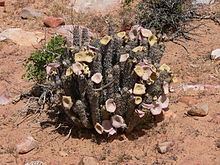
Phylogenetic studies have shown the genus to be monophyletic, and most closely related to the Lavrania genus of stapeliads. Marginally more distantly related is a sister branch of related genera including Larryleachia, Richtersveldia and Notechidnopsis.
